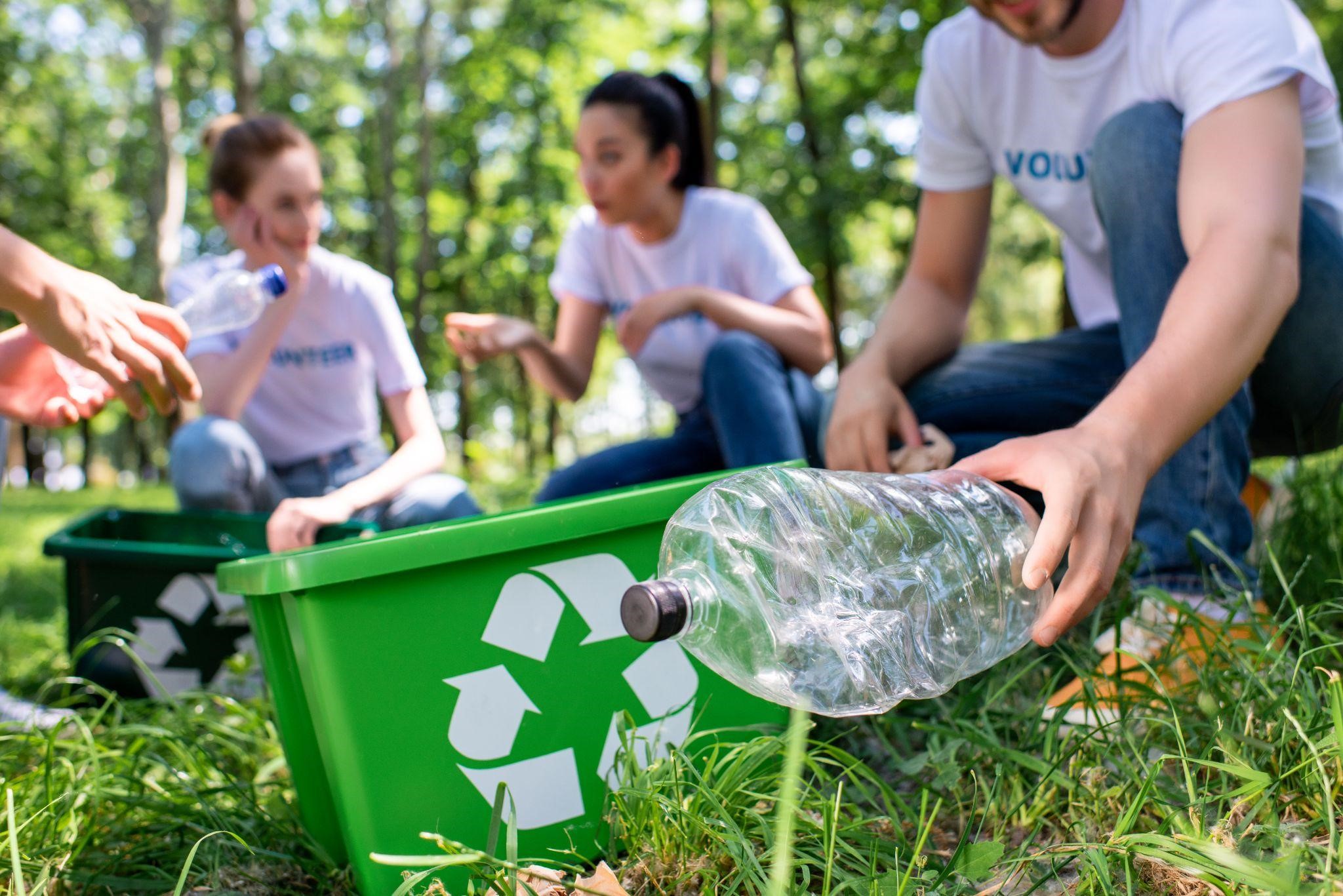Building constructions continue to contribute to pollution because the materials used significantly harm the environment. It is one of the main reasons why more and more people are turning to sustainable ways of building structures.
Sustainable architecture and environmentally-friendly materials are taking over for a better world. New green processes and sustainable alternatives no longer harm the environment during production or disposal to help with global warming. Most of these materials are also recyclable and highly beneficial for long-term use, which reduces carbon emissions and energy consumption.
What are 5 Innovative Materials for Sustainable Building Design?
1. Bamboo
One of the most famous natural and eco-friendly construction materials is bamboo. It is a biodegradable and fast-growing plant with a high self-generation rate of up to three feet within 24 hours. Choosing bamboo helps slow down deforestation as it grows quicker than traditional wood. Traditional wood has a harvesting cycle of 25 years, while bamboo regenerates as early as three years. It can easily be sourced and found in various parts of the world.
Bamboo is highly flexible, allowing builders to use it for structural and decorative purposes. In terms of quality, it is sturdy and more robust than concrete and brick. Its high strength lasts long, making it the best choice for replacing traditional wood for flooring, wall coverings, countertops, cabinets, and shelves.
During production, a whole bamboo stem is used in construction, which produces very little waste. Any pieces left over from the tree are compostable, so they naturally break down to the Earth.
2. Recycled Plastic
Rather than dumping plastic waste in landfills and leaving it to pollute, we can give used plastic a new life by recycling it. Instead of sourcing new materials for producing new plastic, more builders are using recycled plastic that helps reduce 95% greenhouse compared to concrete blocks. Recycling plastic items reduces waste that takes up to 1000 years to decompose in landfills. It gives another chance to plastic bags we use daily, dissolving in 10 to 20 years, while plastic bottles take 450 years.

Upcycled and recycled plastic are long-lasting construction materials such as FRP grate, that create a green cycle. These blocks can be helpful for small-scale construction, which may pile faster than brick. Reused plastic is the best sustainable choice for manufacturing cable pipes, roofs, floors, PVC manholes, and PVC windows. Recycling 2-liter bottles into fiber help produce carpets. Mixing recycled and virgin plastic makes building fences, picnic tables, and other structures durable and sustainable.
Compared to traditional lumber that requires preservative sealant containing toxins, recycled plastic doesn’t need any. Upcycled and recycled plastic are long-lasting construction materials that create a green cycle. Builders can use what we already have to significantly downsize waste in the long run. Reusing plastic helps clean up the environment and prevent it from floating in our oceans and filling up landfills.
3. Reclaimed Wood
Another environmentally responsible way to save the environment is by using reclaimed wood in sustainable building design. It saves trees, reduces the amount of lumber in landfills, and has a much lower environmental impact than harvesting new timber. It can be sourced from lumber dealers, old barns, warehouses, excavation companies, home remodeling companies, salvage yards, and demolition sites.
With an aesthetically pleasing and natural look, reclaimed wood is suitable for home building and designing purposes such as structural framing, shelving, cabinetry, furniture, flooring, and indoor wall paneling.
4. Reclaimed or Recycled Steel
Steel is 100% recyclable, making it the most recycled material in the world. It is recycled more yearly than plastic, paper, aluminum, and glass.
Reclaimed steel does not lose its properties when recycled, helping reduce the environmental impact of new construction. For example, a ton of recycled steel saves one and a half tons of iron ore, half a ton of coal, and 40 percent of the water used in production.
Sourcing and manufacturing products made from aluminum and steel requires a lot of energy, costs, and effort, but adequately recycling them into new products lowers energy consumption, expenses, and time. Recycling steel makes the material more sustainable. Additionally, using reclaimed steel helps in downsizing dumping in landfills. It helps contribute to a cleaner environment, helping prevent health issues from contaminated soil or groundwater.
This long-lasting material does not require frequent replacements. Its durable, water-resistant, and pest-resistant properties make it suitable for framing, roofing, and building facades in place of wood.
5. Newspaper Wood
Daily, newspapers are overproduced and discarded, accounting for 25 percent of landfill waste. Diverting this landfill waste by recycling or upcycling paper products helps reduce garbage, extends the life of the paper, and saves resources making it useful in sustainable building design.
The process involves turning them back into a wood grain texture, forming them into a log, and leaving them to dry, deform and harden like living trees. After curing, these building blocks can be cut, carved, routed, mortised, and so on, turning them into furniture and decorations.
Become a Part of the Solution
Aside from circular construction or recycling construction materials, we can also be a part of the solution by recycling other industrial materials. Eco-friendly companies take part in helping the environment by offering repair services to extend equipment life, such as gould pump parts or cartridge seals.
Repairing and restoring equipment is a sustainable alternative to material costs and an economical alternative to high maintenance costs. It helps protect the environment from producing new supplies and saves the pocket of consumers from buying a new one at a hefty price.

